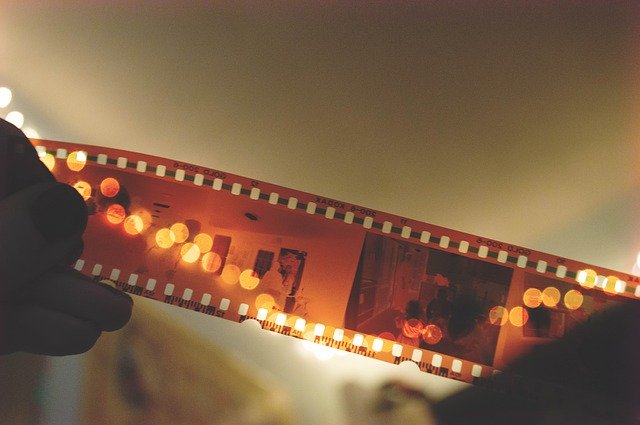
Even for a photographer who wants to capture the special moments in their own lives, learning more about photography is important. With the proper guidance you can acquire the skills you need to prevent you from making basic mistakes that ruin a good shot or even keep you from capturing that special moment.
When trying to take a good photograph, keep your technique simple. You don’t need to mess with a bunch of different color and motion settings to produce a beautiful photograph.
Choose what will be in your shot. A great photo will be like you are looking at your object through a little window. Avoid the desire to show more than is needed. If you are wanting to show an overview of something, shoot a group of photos that can show the same scene from different vantage points.
Keep settings for your camera simple. Take the time to fully understand one part of your camera controls, such as shutter speed, prior to moving on to aperture or other features. This will allow you to focus on capturing the picture, instead of spending all your time fiddling with the camera while your subject simply walks away.
Ens Reflex
A digital SLR camera will help you to advance your photography skills. These single-lens reflex cameras allow you to see your subject in real time as you take the picture. It’s best to have a full-frame digital single-lens reflex (DSLR) camera because these have the largest image sensor, and deliver photos with the greatest amount of detail.
Keep it simple to get the best photographs. Photographs can capture something wonderful, even without knowing how a single setting works.
Another handy photography tip involves the camera’s shutter. You need to experiment with shutter speeds. Your camera has settings labeled A,M,P, and S. “P” means program mode. The program mode allows you to set up the shutter speed and the aperture automatically. If you do not know what you will be taking a picture of, have the “P” setting on.
It’s best to use a blurred background when taking portrait shots. Having a sharply focused background can detract from your subject matter, making it difficult for any viewers of your photo to focus the way you intend them to. You can accomplish this by having your background further away from your subject.
When departing on a trip, start shooting photos the minute you walk out the door. You can find many photo opportunities when at your location, but use the trip to get some unique shots. Make a photo-documentary of your entire journey; the airport can offer many interesting photo opportunities.
Often a photographer will be so concerned with a landscape background that he neglects the details in the foreground. However, this is the first place the viewer’s eye will land. Compose the foreground so that it creates a striking frame to increase your depth of field.
As is obvious, being a better photographer isn’t that hard. It will require some research and practice to better your photo skills. The effort you put in will be apparent in the improved pictures you take.
There are tremendous opportunities for small businesses and social entrepreneurs to support their communities through community foundations, donor advised funds and other means of giving back. Find the neighborhoods in Boston, Massachusetts where you can make the most impact on education in the community.
